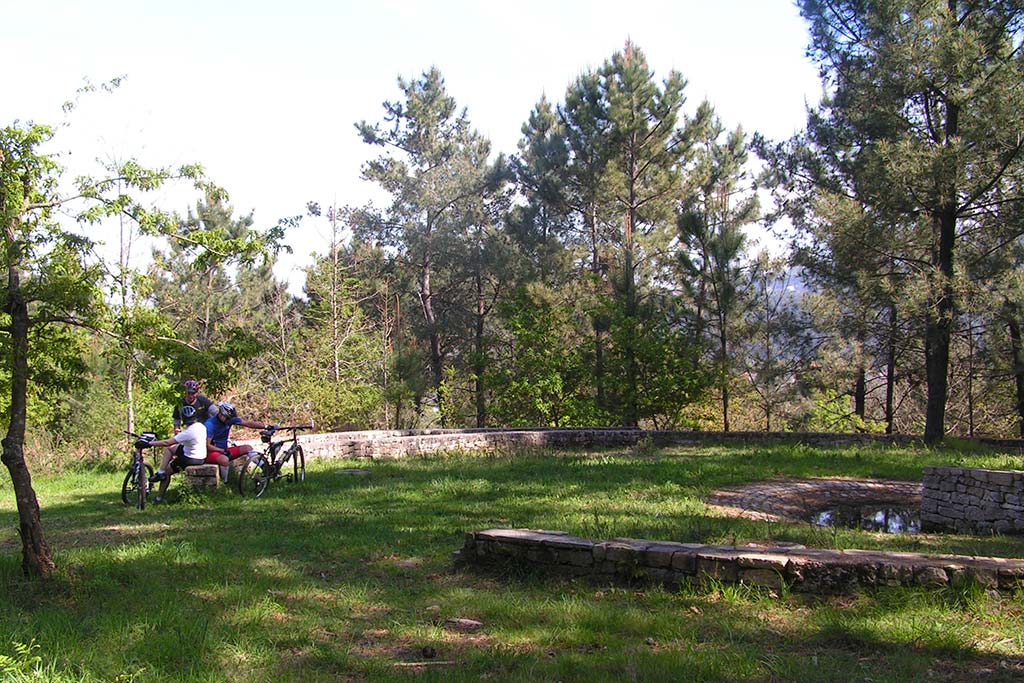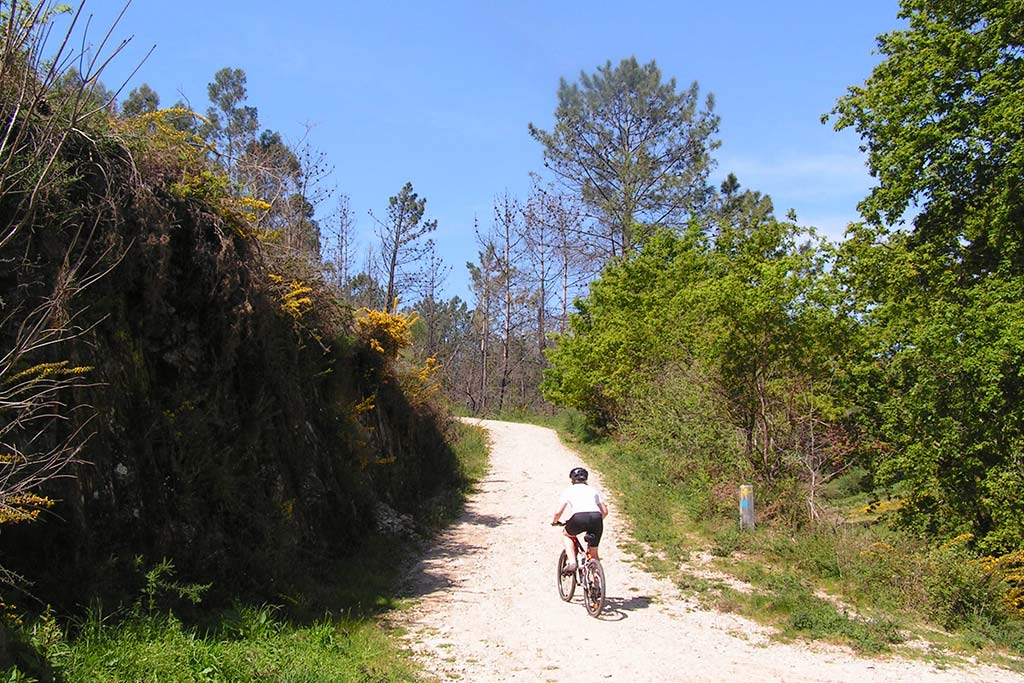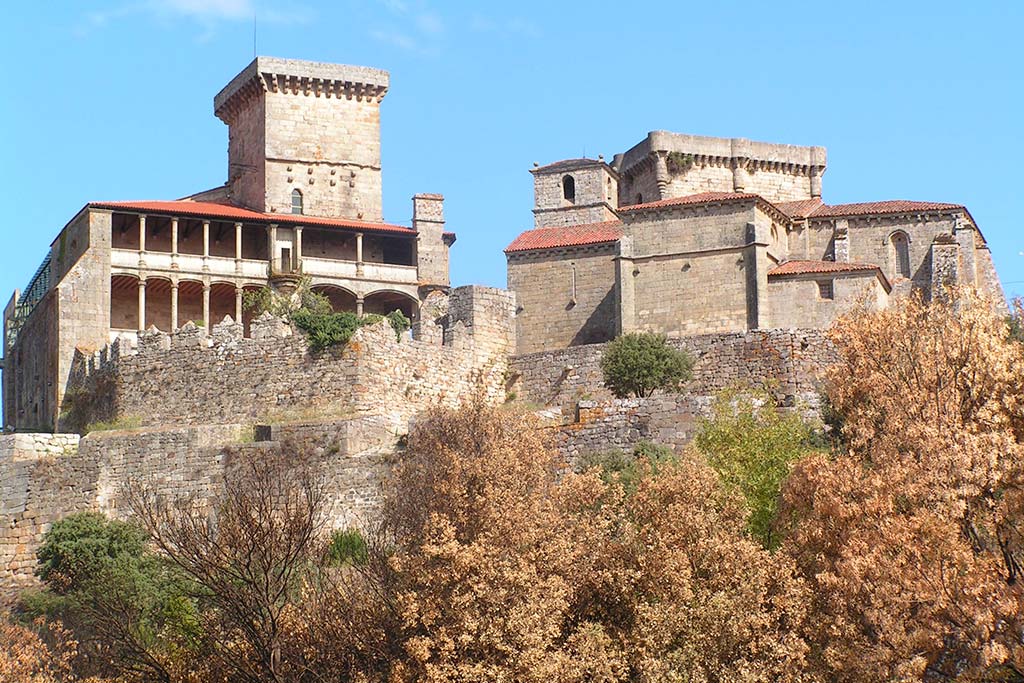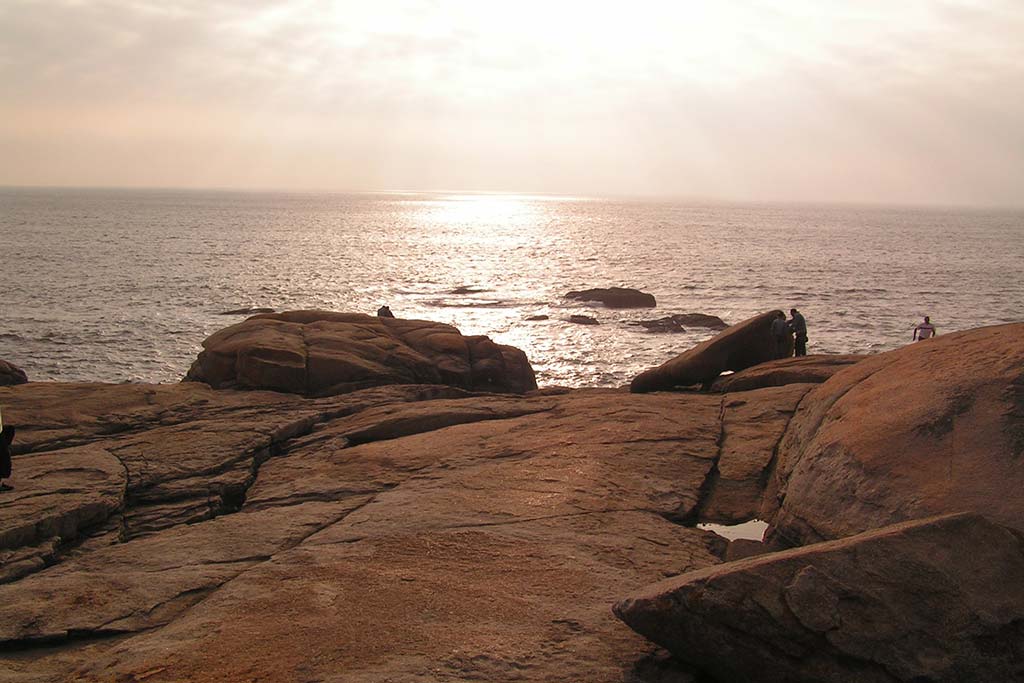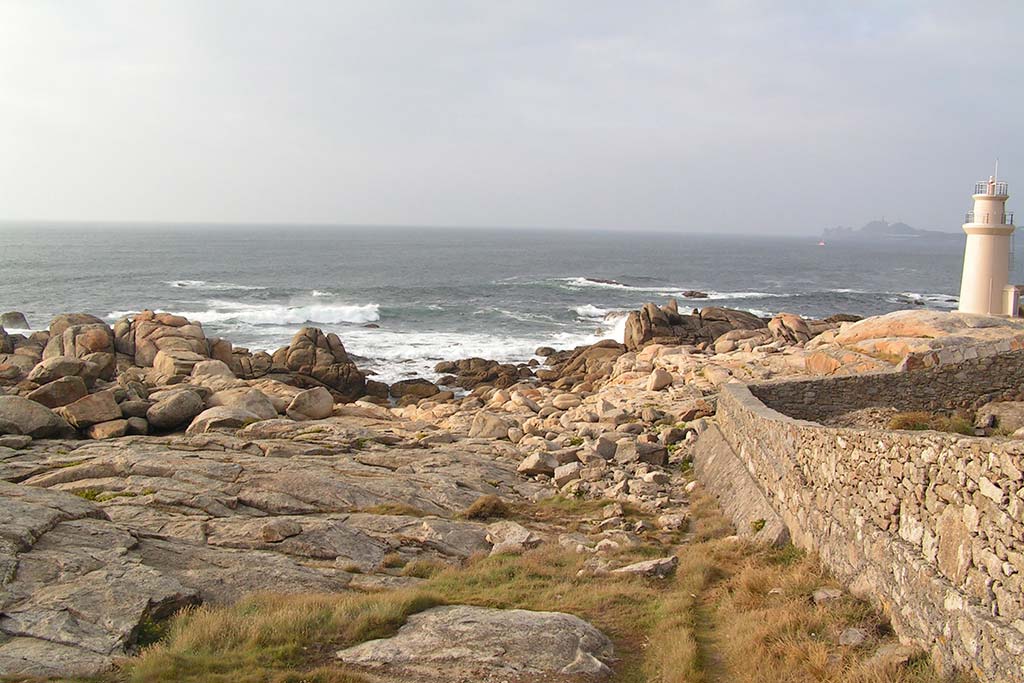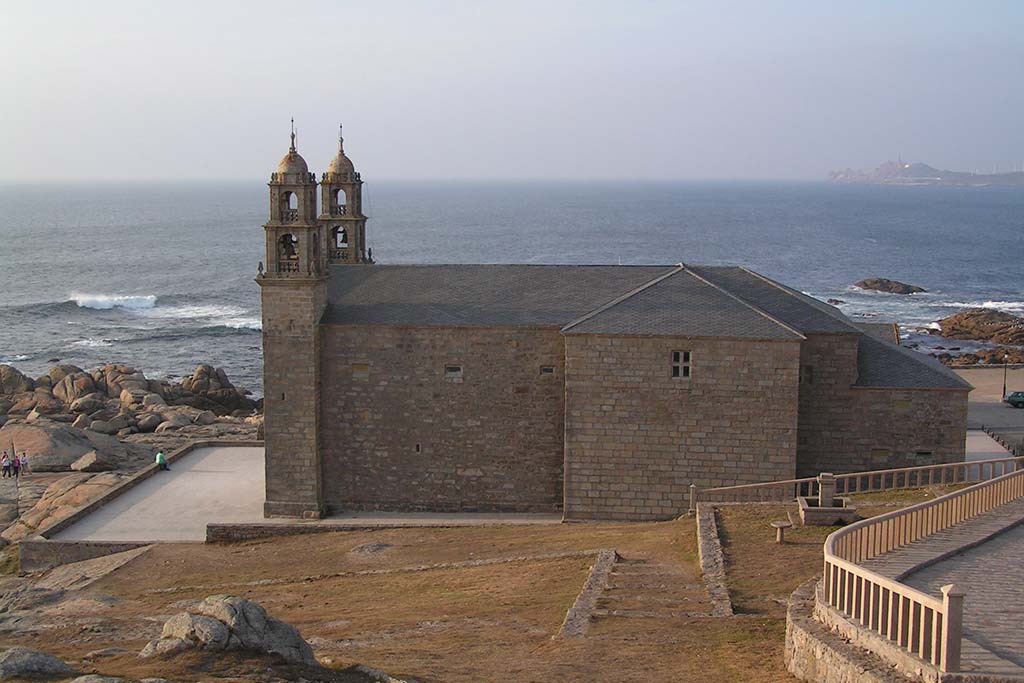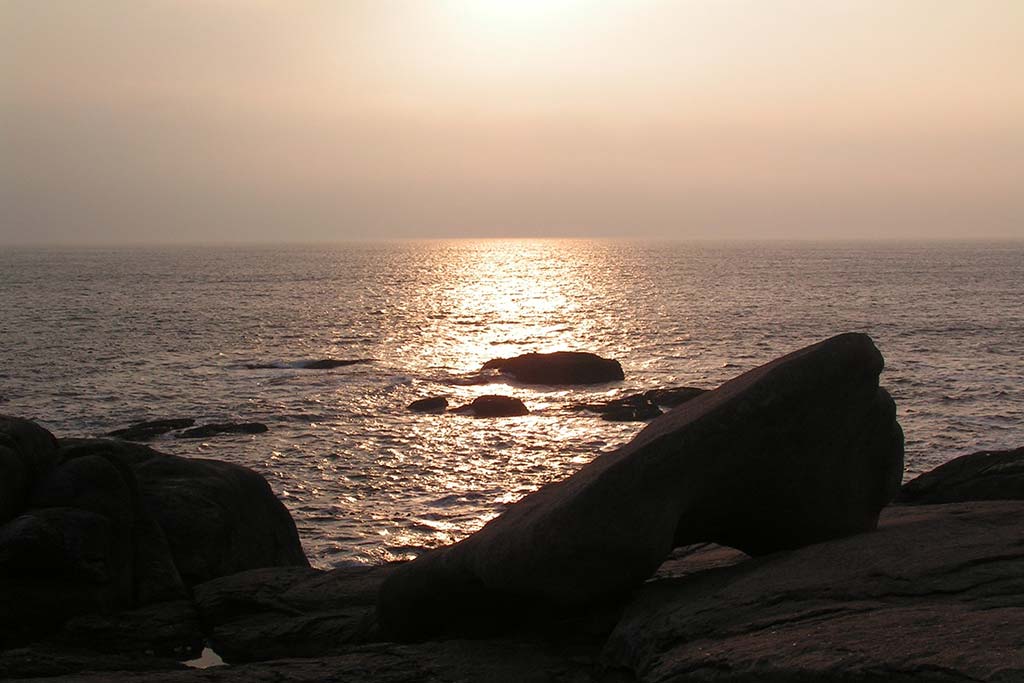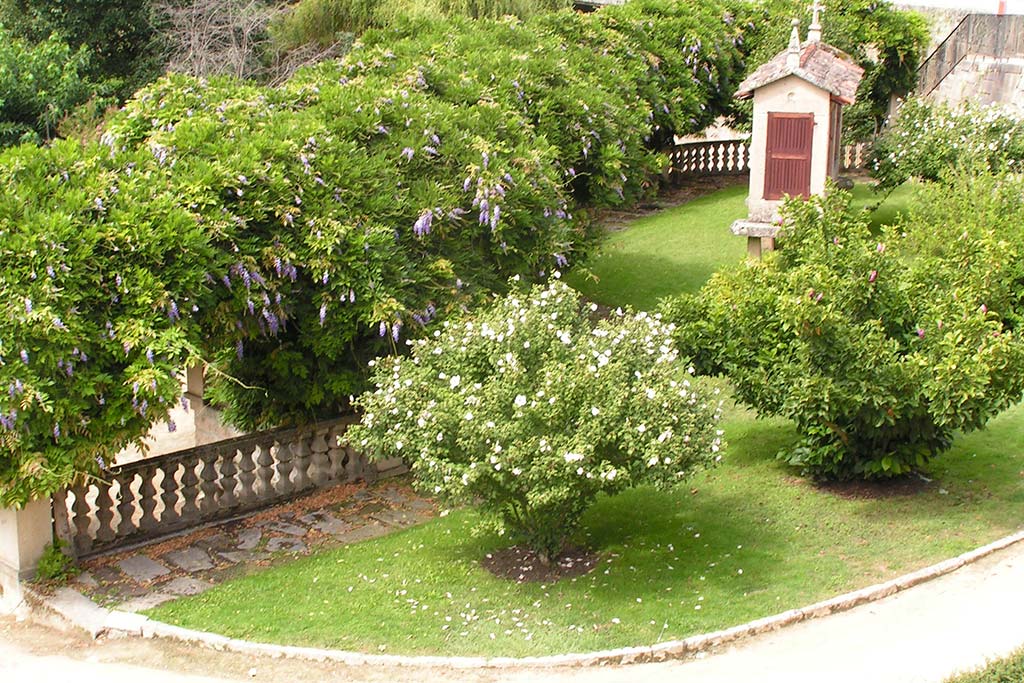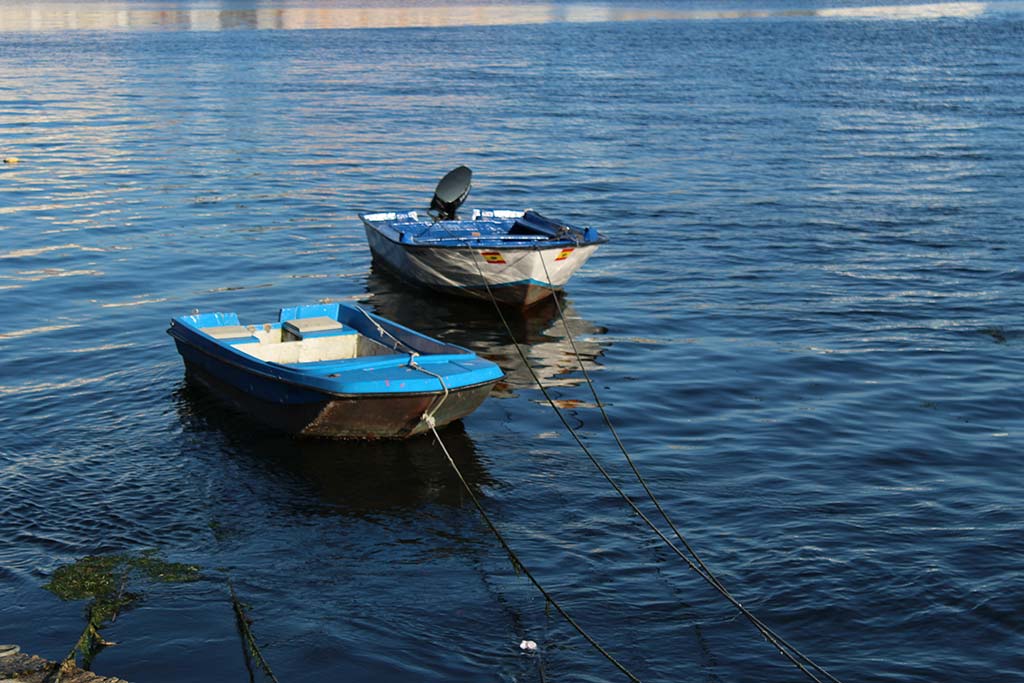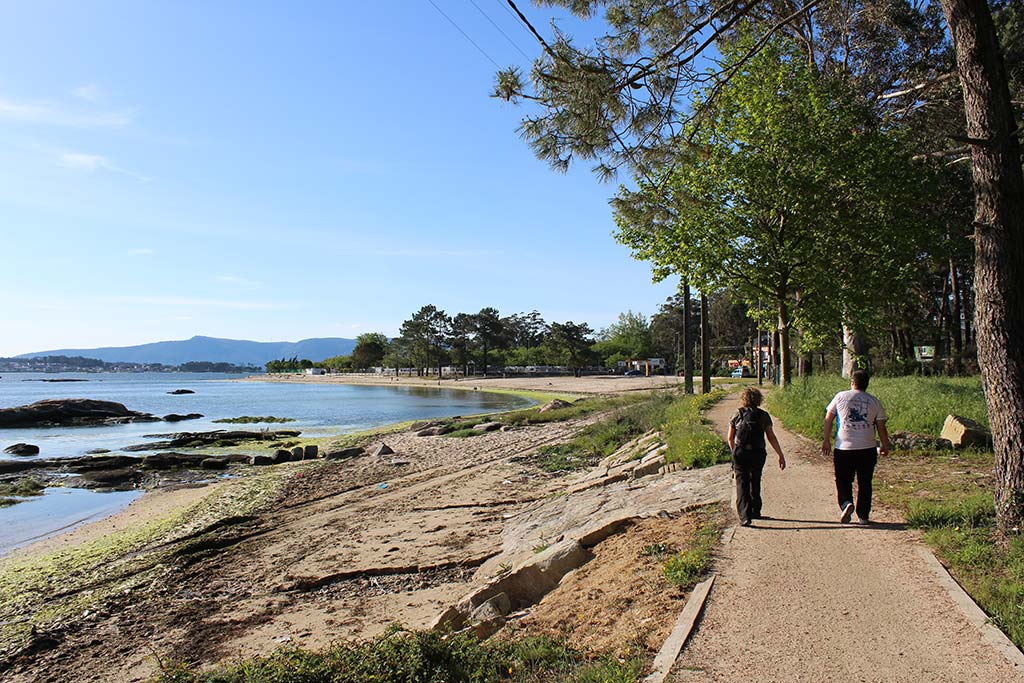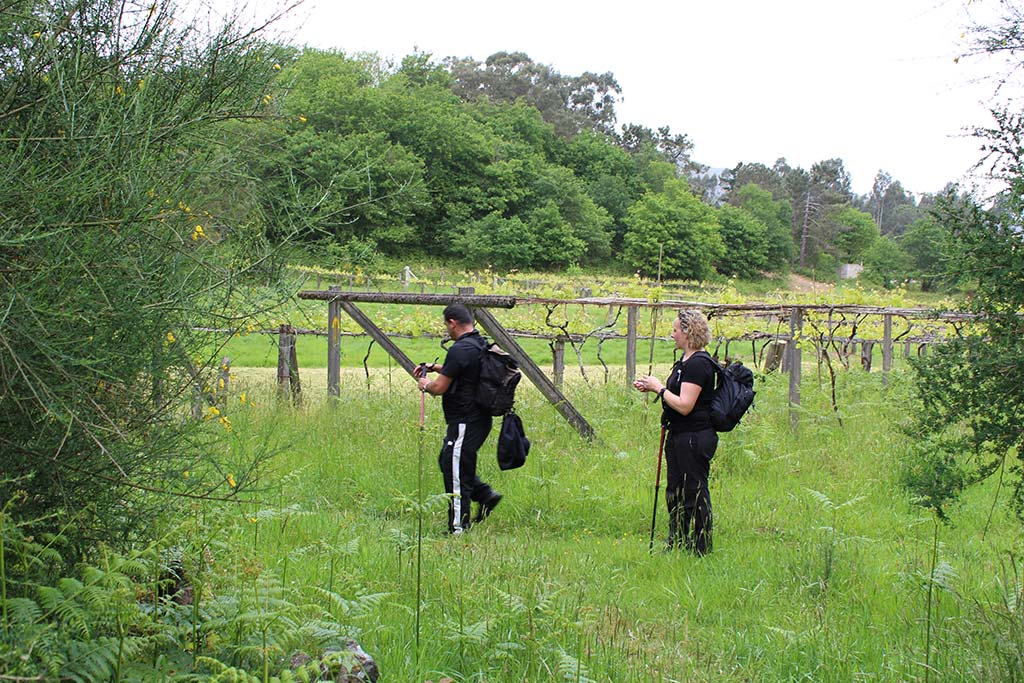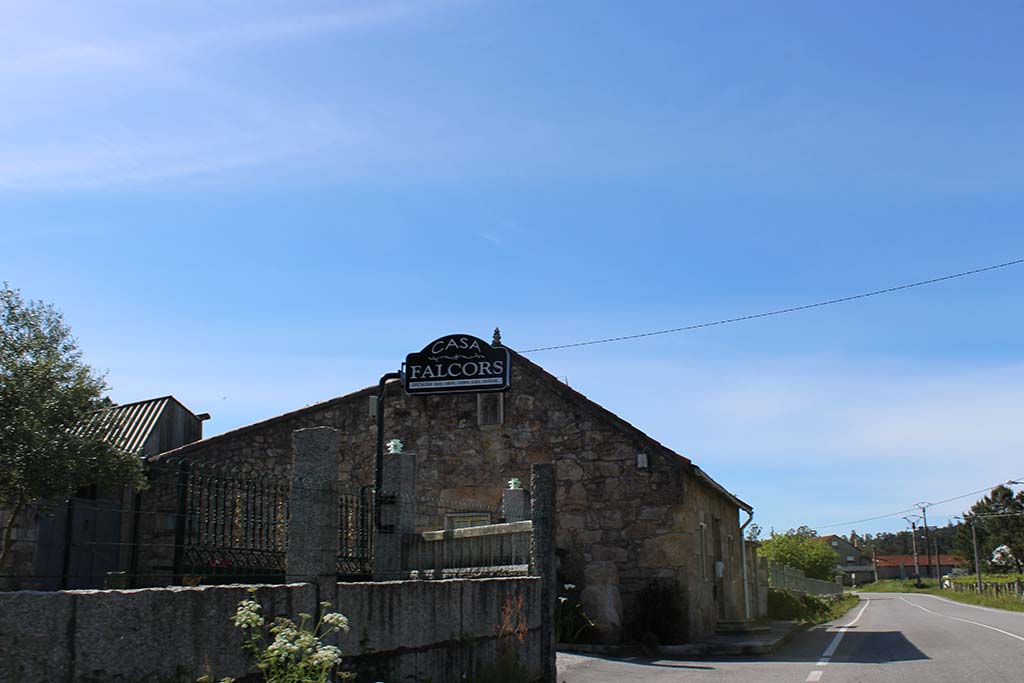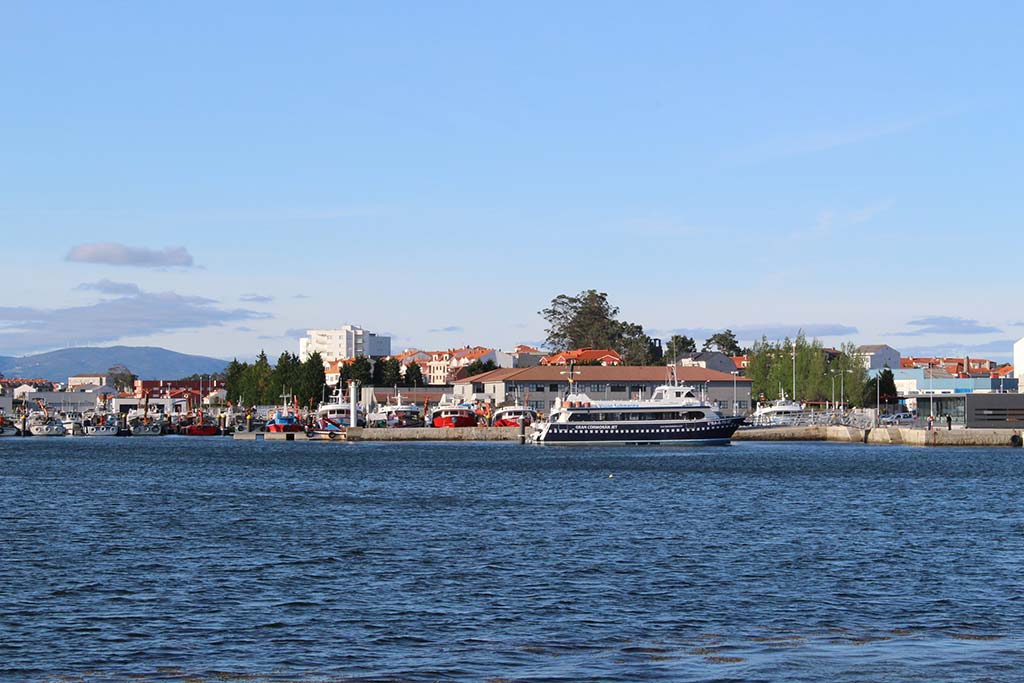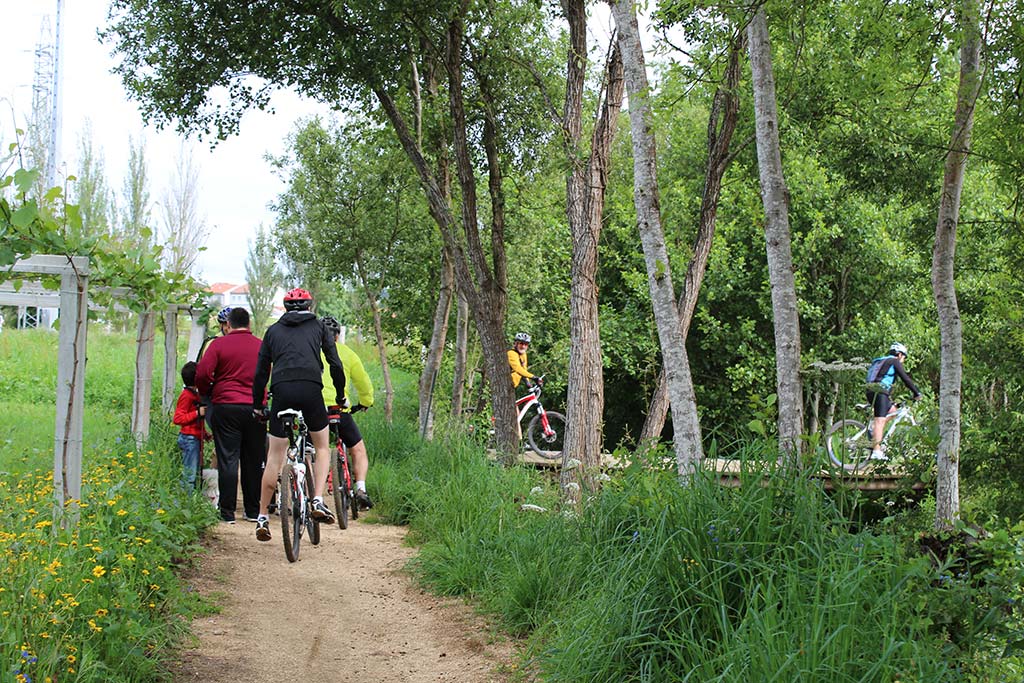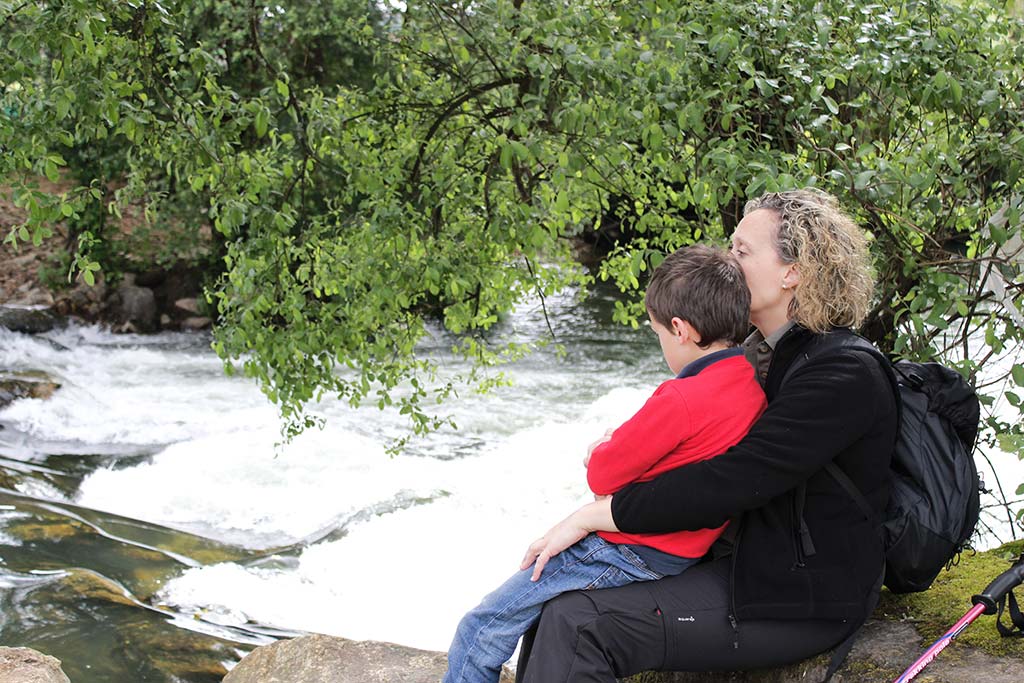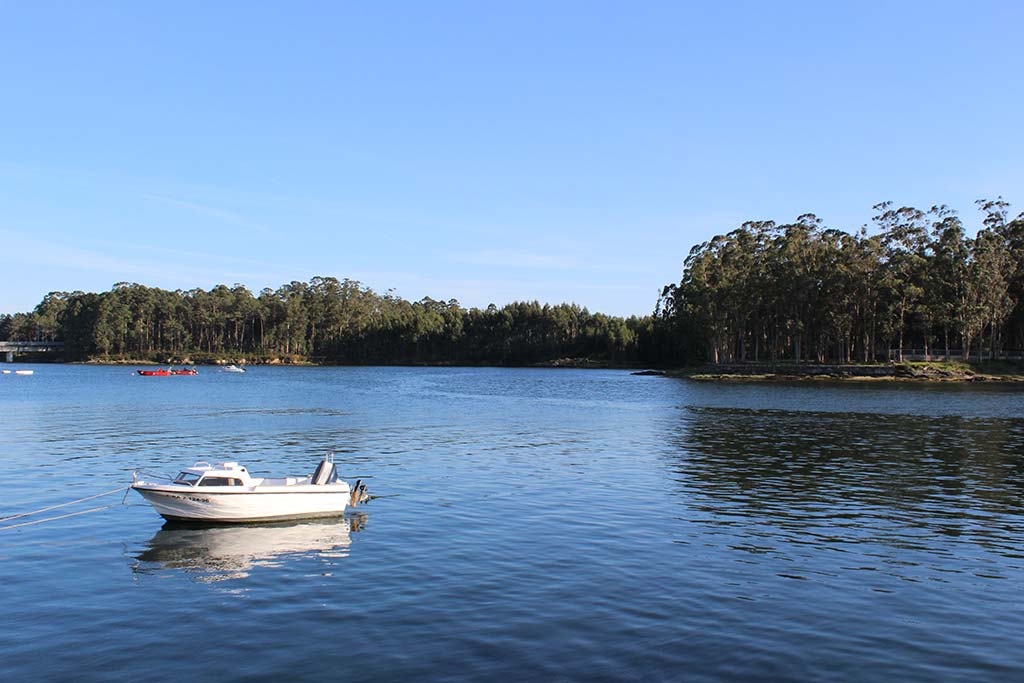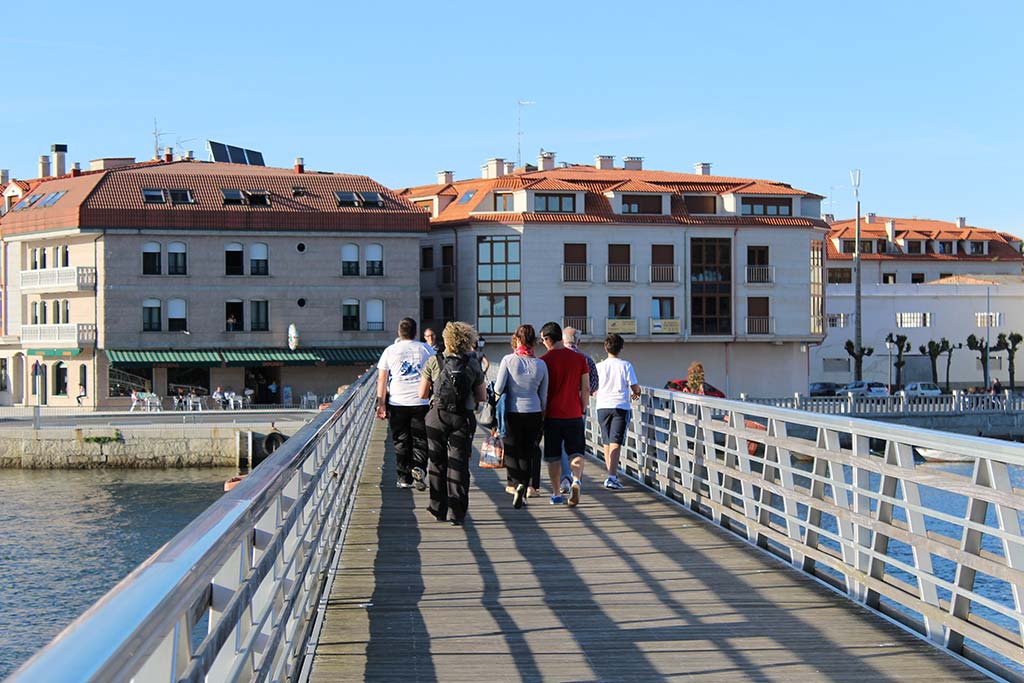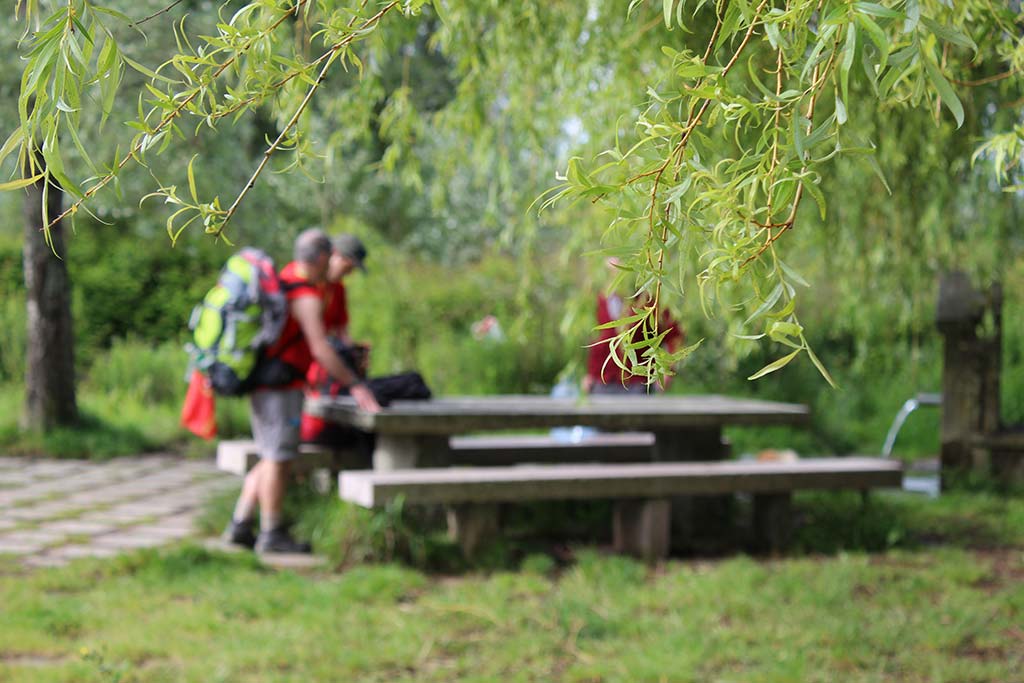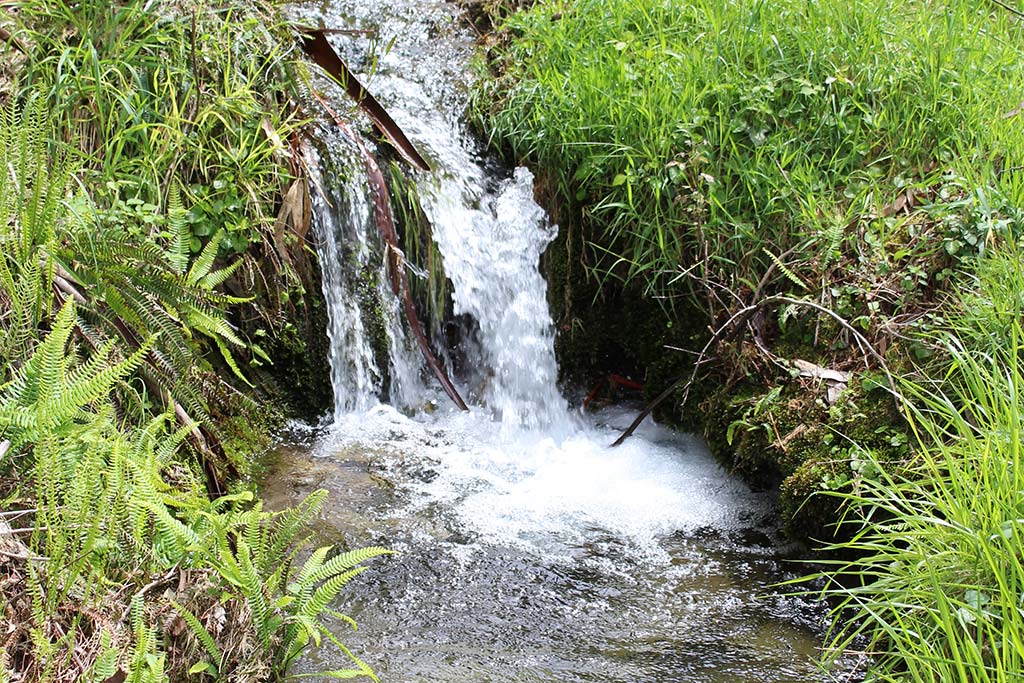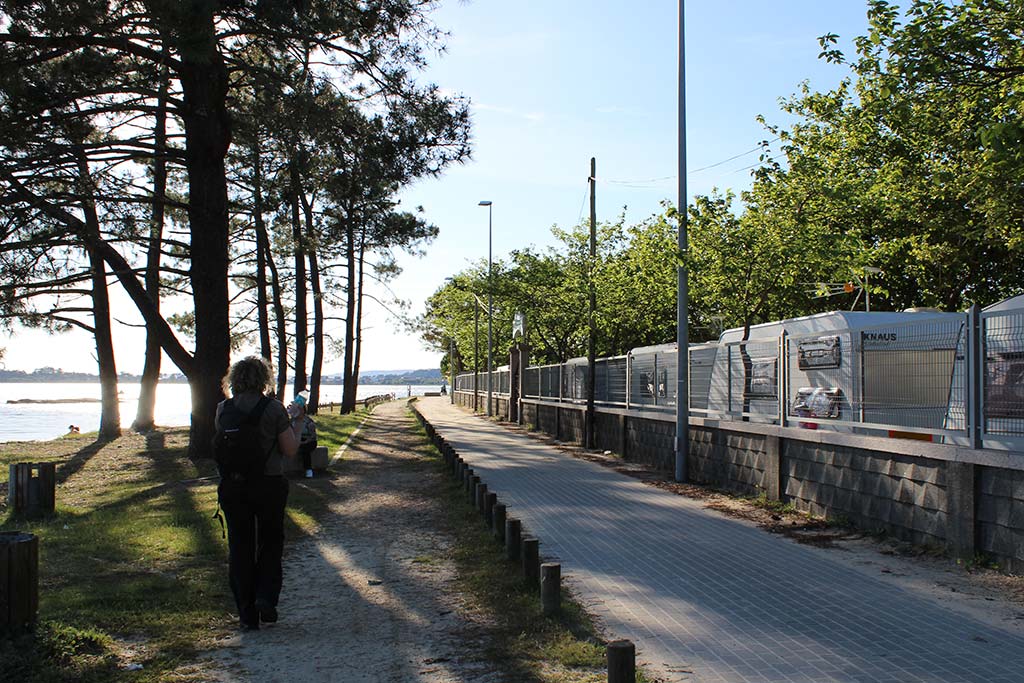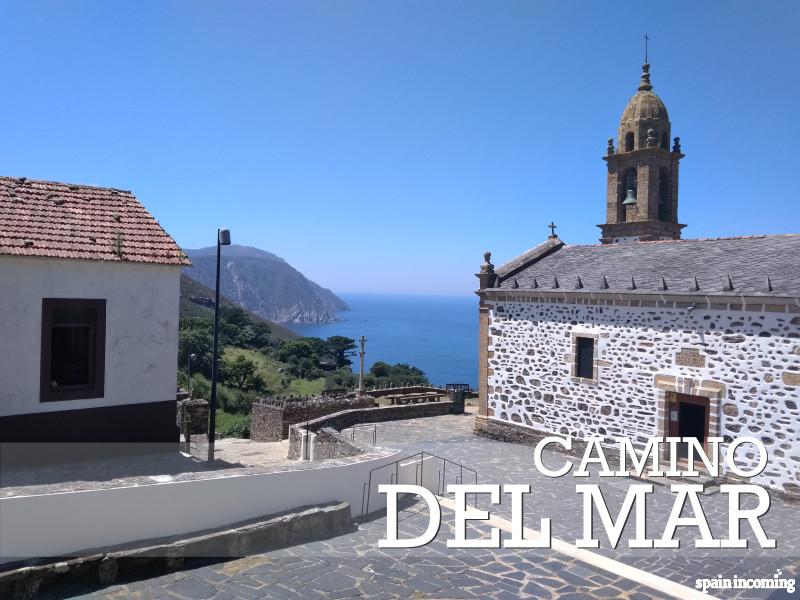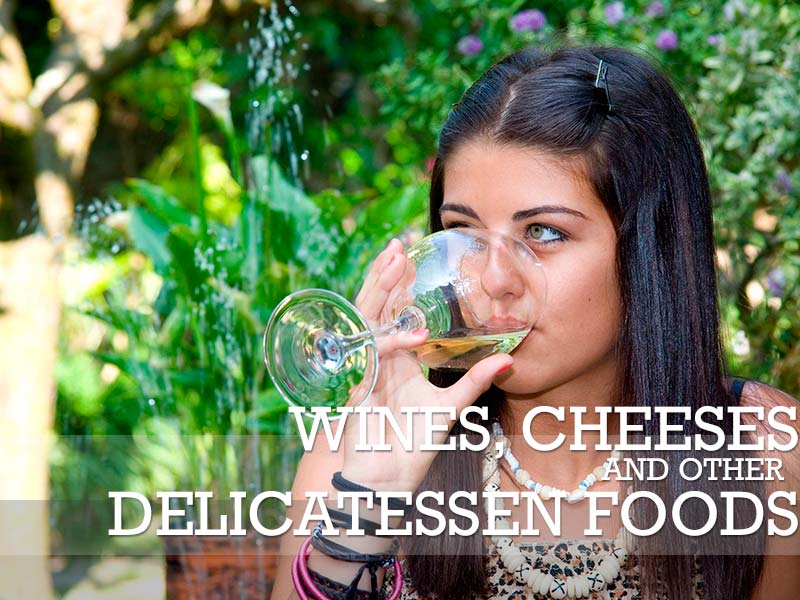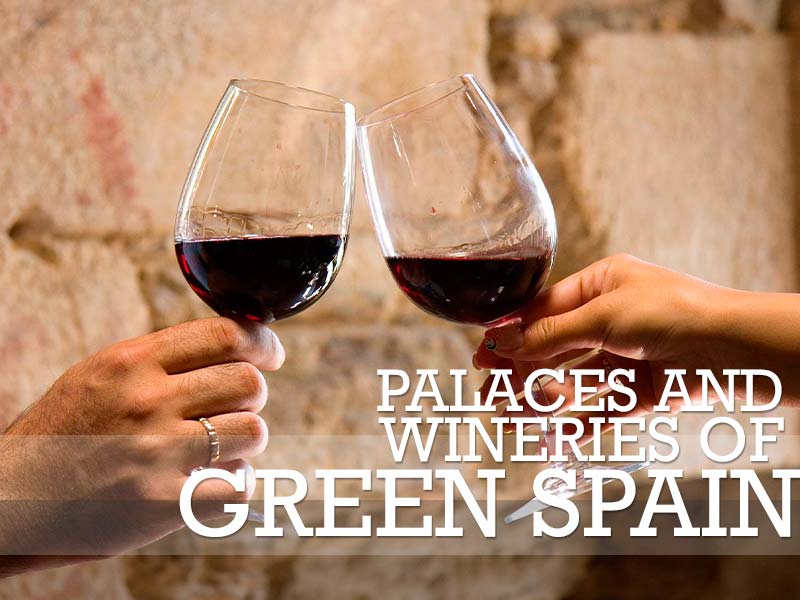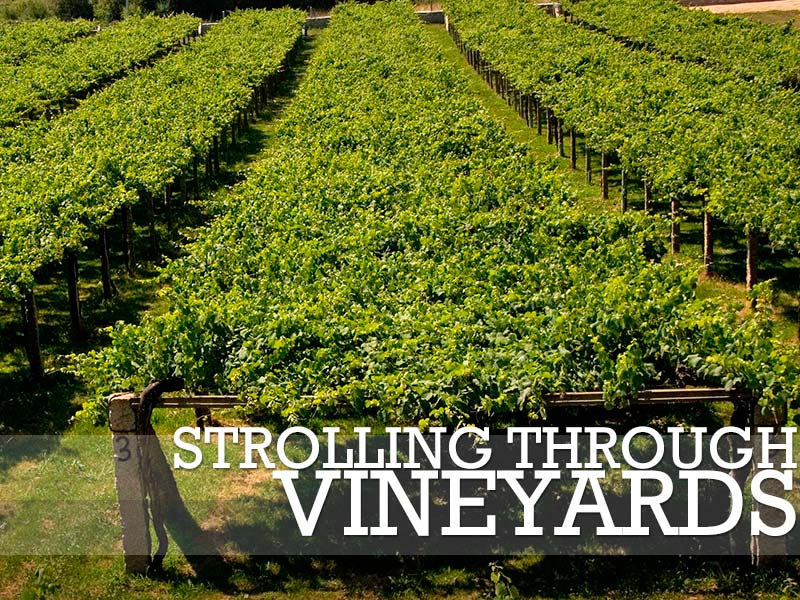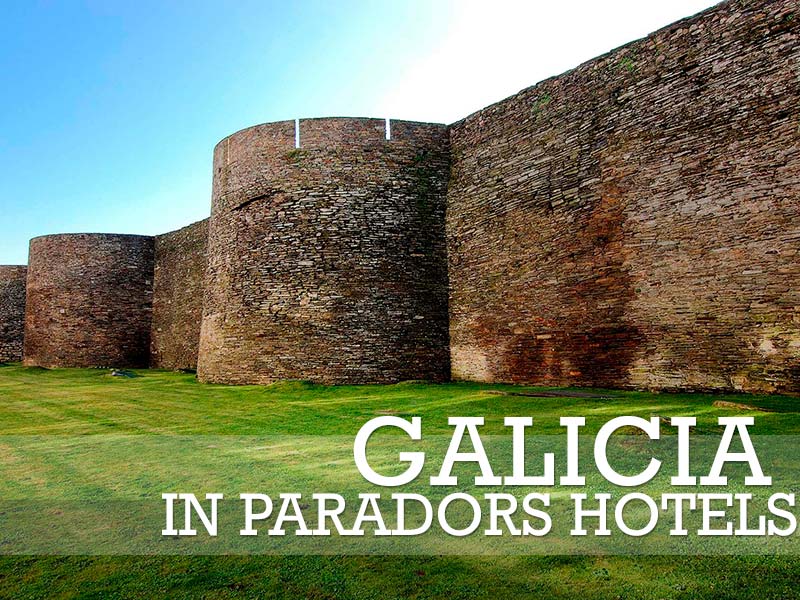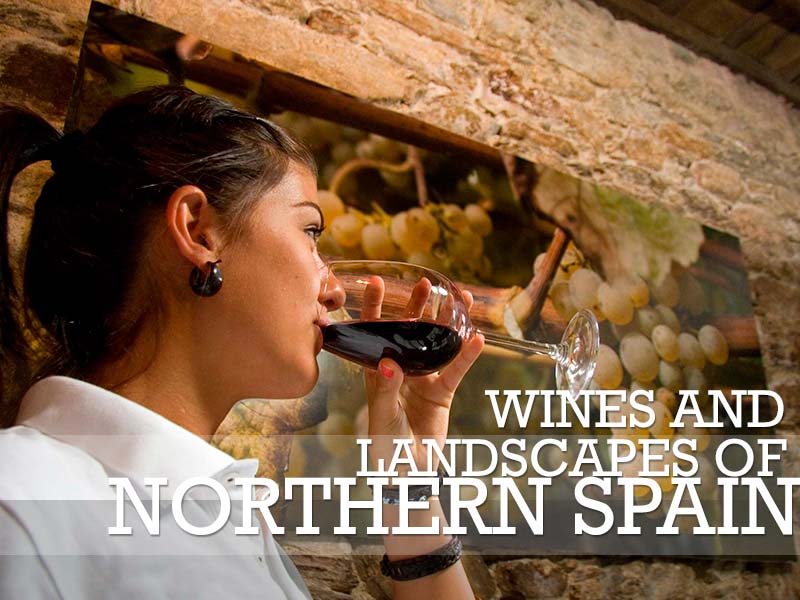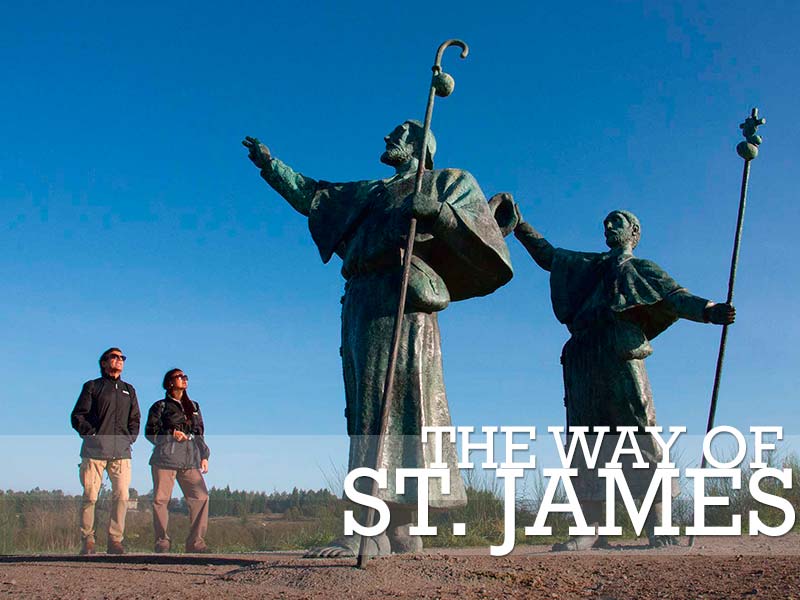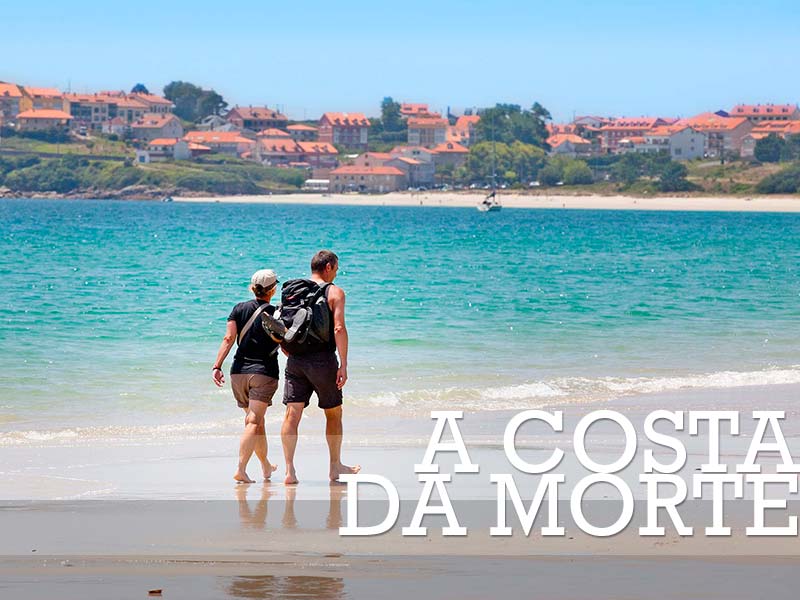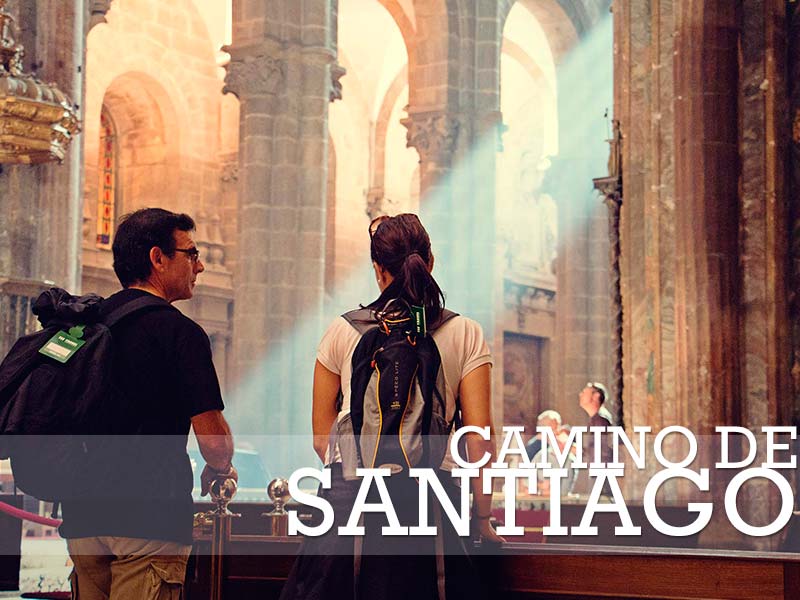
This autonomous community is located in the northwest of the Iberian peninsular and is the final destination of the Way of St James. It is made up of the provinces of A Coruña, Lugo, Ourense and Pontevedra. It covers an area of 29,574 km² and has a population of 2,795,422 inhabitants (figures from 2011). The two official languages of Galicia are Spanish and Galician. Galician has been recognised as Galicia’s own language and shares the same linguistic root as Portuguese (Galician-Portuguese).
The Galician coastline stretches along 1659 km and is characterised by estuaries, traditionally divided into the Rías Altas (Ribadeo, Foz, Viveiro, Ortigueira, Cedeira, Ferrol, Betanzos, A Coruña, Corme, Laxe and Camariñas) and the Rías Bajas (Corcubión, Muros y Noia, Arousa, Pontevedra and Vigo). It also has a number of capes, which include Estaca de Bares (separating the Atlantic Ocean from the Cantabrian Sea), Cape Ortegal, Cape Prior, Cape Vilán, Cape Touriñán,
Cape Fisterra (considered by the Romans as the end of the known world and a place which, in accordance with tradition, is visited by pilgrims to see the beautiful sunset after worshipping the apostle St James in the marvellousCathedral of Santiago de Compostela) and Cape Silleiro which closes the south end of the estuary of Vigo.
Spa tourism in Galicia has grown very quickly in recent years and taken Galicia to a privileged position on the Spanish spa tourism market. However, the use of the wonderful Galician waters is not new, since the Romans made use of the endless number of mineral-medicinal springs in Galicia to cure all kinds of diseases and, of course, for fun and relaxation and discussing both divine and human matters.
The Way of St James, the Roman walls of Lugo, Ferrol de la Ilustración, the Tower of Hercules in A Coruña, la Ribeira Sacra, Costa da Morte and the National Reserve of the Atlantic Islands are just a few of the excellent tourist options available in this age-old land.

The Way of St James (with a map on the road of stars marked by the Milky Way) generated extraordinary spiritual, cultural and economic vitality from the very beginning; it gave rise to literature, music art and history and the routes gave birth to towns and villages, hospitals and hostels, trade and markets. Roads and bridges were built, cathedrals and churches were raised and brought Romanesque splendour that had not been achieved by other styles of architecture. It was the route that took a melting pot of cultures to Santiago de Compostela; it transmitted trends and ideas across the Continent; it was a meeting point for peoples and languages; and it was the backbone of the first common conscience of Europe. Nine main routes stretch out across the continent from different places and they all meet in Santiago and spread the word of Galicia across the entire world.
The excellence of the region’s shellfish, its empanada and pulpo á feira are just some of the pleasures of Galician gastronomy. Galician is home to gastronomic events and fairs. The Feira do Grelo during the Carnival Festival, Festa da Aguardente do Ulloa, Festa da Bacaladiña e do Mexilón, Feria do Queixo, Festa da Troita, Festa da Empanada, Xornadas do Marisco and Festa do Cocido. Galicia offers excellent options for enjoying its gastronomy in detail throughout the year. Grapes and wine are also part of Galician’s historical, cultural and landscape identity and its winegrowing sector is a key part of the region’s agriculture. The wines fall basically under five designations of origin: Monterrei, Rías Baixas, Ribeira Sacra, Ribeiro and Valdeorras. Albariño,Godello, Mencía, Treixadura, etc. are the grape varieties that grow in the different areas.

